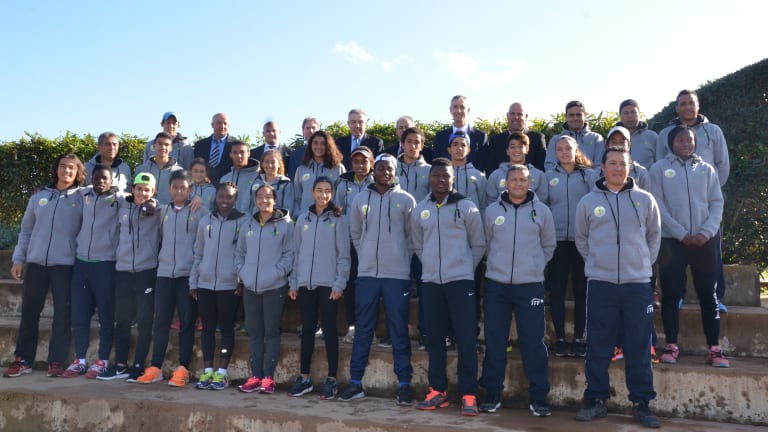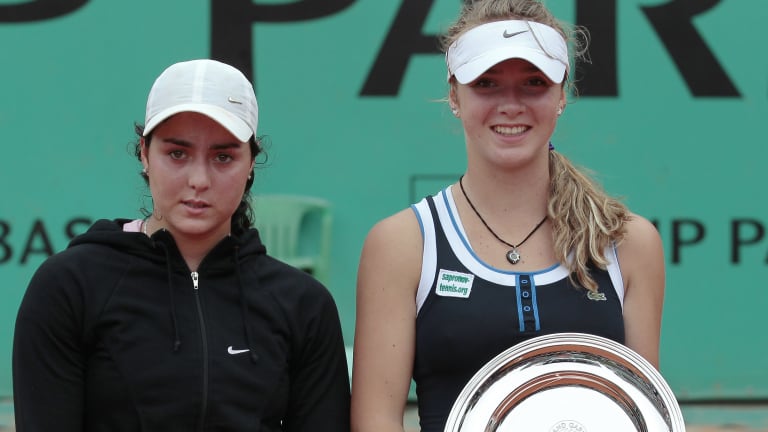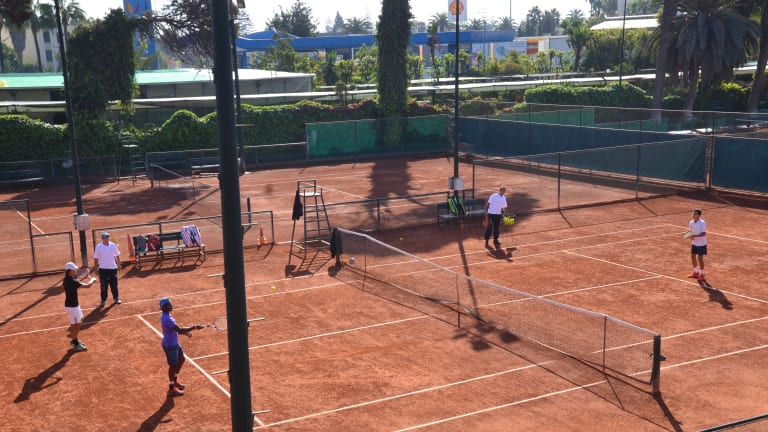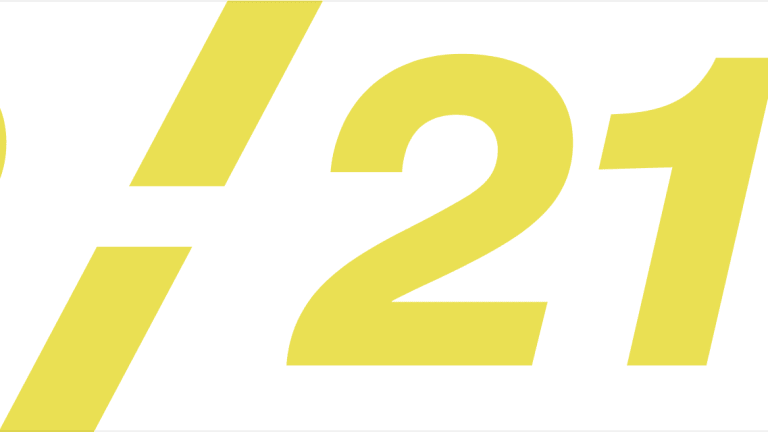How Grand Slam grants are helping African players transition to pros
By Feb 25, 2021Player News
Ons Jabeur announces pregnancy: “The court will have to wait a little longer”
By Nov 10, 2025Player News
Ons Jabeur announces break from professional tennis to "finally put myself first"
By Jul 17, 2025Wimbledon
Sonay Kartal ousts Jelena Ostapenko on Wimbledon Day 1 six days after losing to her in Eastbourne
By Jun 30, 2025Wimbledon
Two-time finalist Ons Jabeur retires in first-round match at Wimbledon
By Jun 30, 2025Berlin Tennis Open
Liudmila Samsonova saves two match points to oust defending champion Jessica Pegula in Berlin
By Jun 18, 2025Tennis.com Interview
Ons Jabeur "learned a lot" from Tatjana Maria in London as she seeks Berlin's winning path
By Jun 18, 2025Style Points
Style Guide: The other game at Roland Garros is personal branding
By Jun 07, 2025WTA Rome, Italy
Ons Jabeur vs. Petra Kvitova: Where to Watch, Rome Preview, Betting Odds
By May 07, 2025Social
PHOTOS: Venus Williams emerges at Miami Open for practice session with Ons Jabeur
By Mar 19, 2025How Grand Slam grants are helping African players transition to pros
Tunisian Ons Jabeur is one of the grant initiative’s success stories, having received the funding in 2017.
Published Feb 25, 2021
Advertising

How Grand Slam grants are helping African players transition to pros
© 360media.ma
Advertising

How Grand Slam grants are helping African players transition to pros
© 2010 AFP
Advertising

How Grand Slam grants are helping African players transition to pros
© 360media.ma
Advertising

How Grand Slam grants are helping African players transition to pros